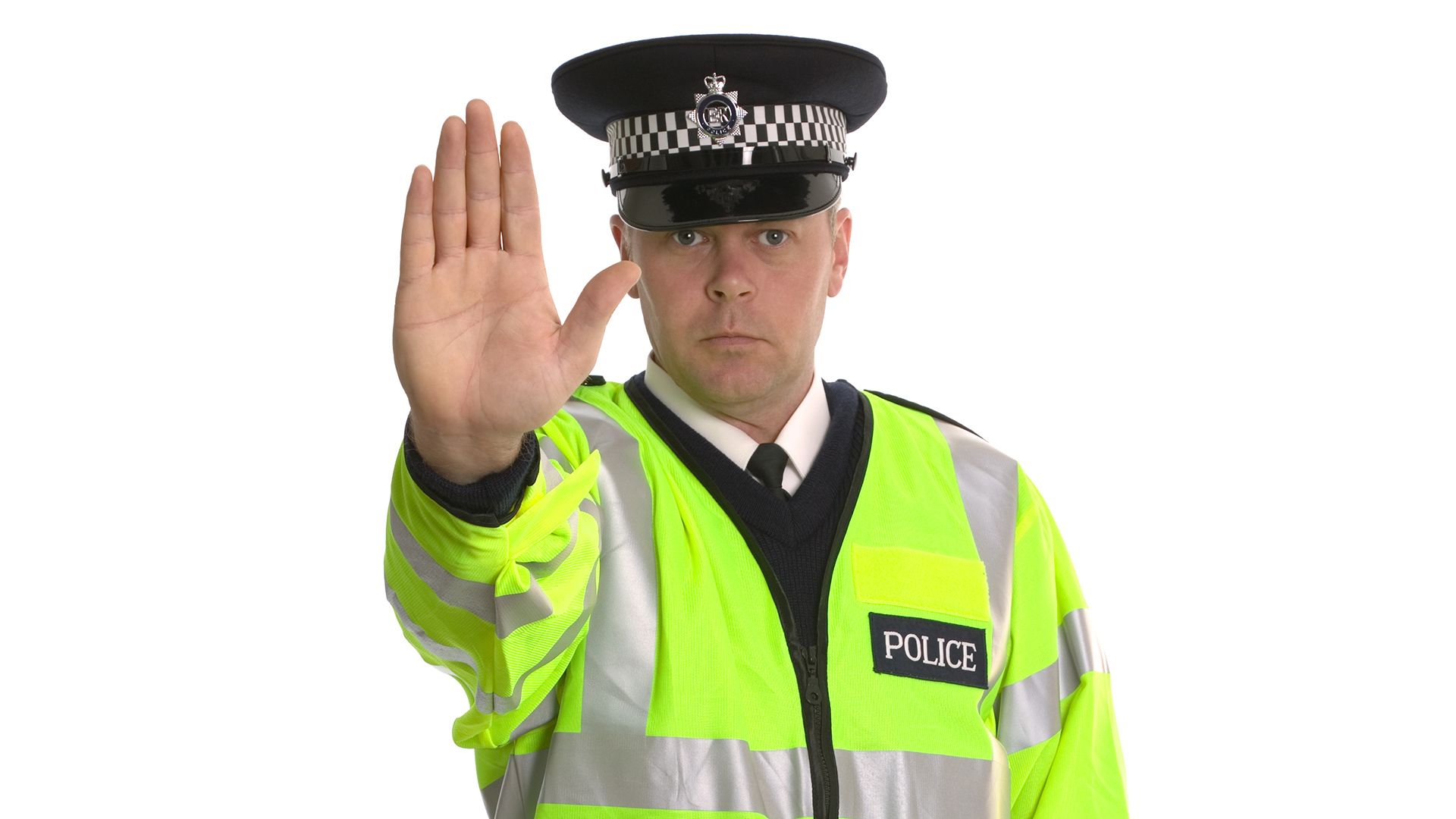
Police, Camera, Stop! Why are journalists and camera users still being prevented from using cameras in public places despite official guidelines from senior police officers?
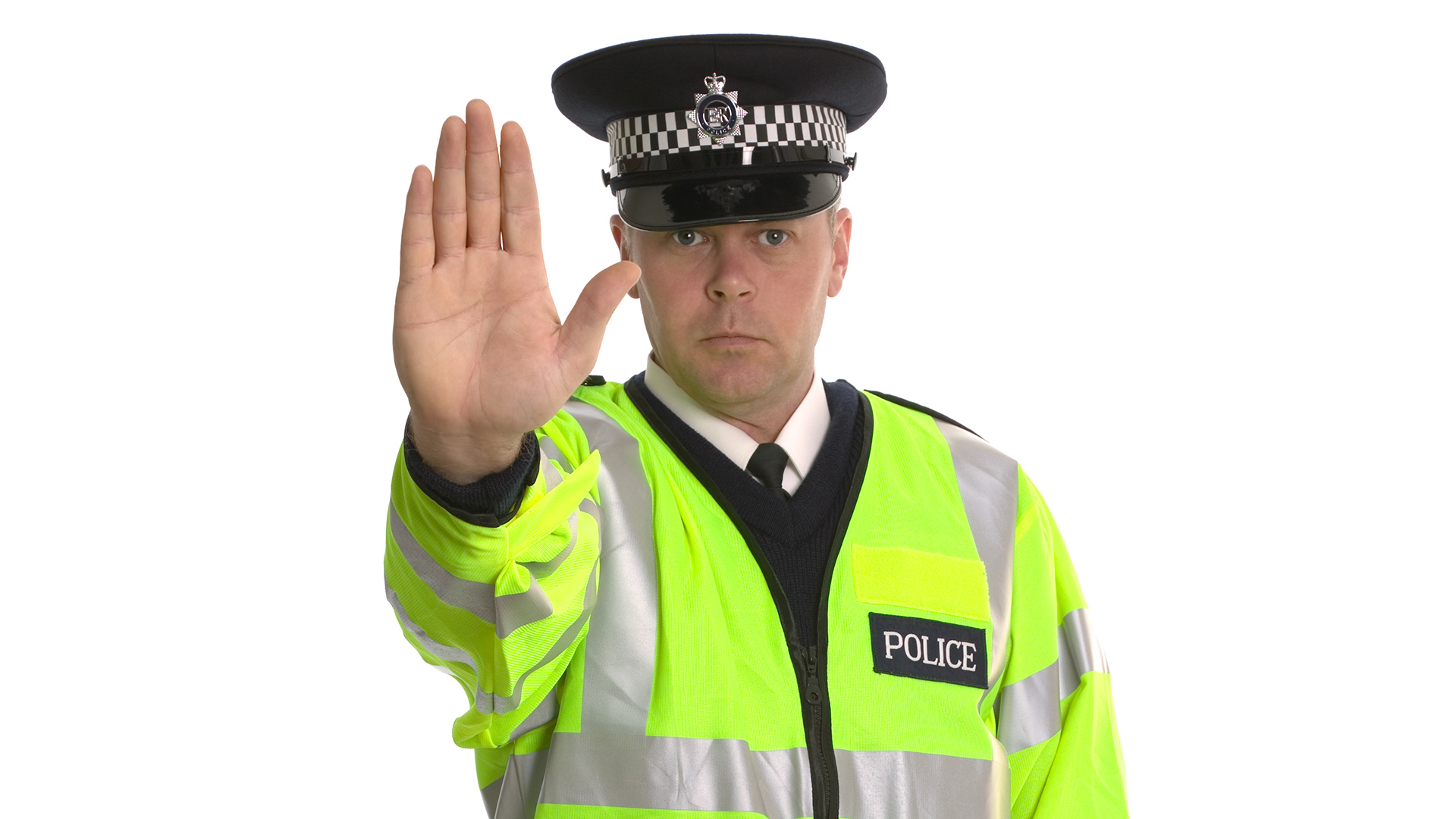
In the interests of complete transparency, yes, I was approached by members of the security apparatus while shooting the images accompanying this article (the things I do for the readership). To their credit, the people involved were courteous and did not make any unreasonable attempt to enforce their request for ID.
A long time ago, I talked about the growing issue about the growing issue of fluorescent-jacketed security workers bothering photographers and camera crews. This can include the police, non-police such as the UK’s community support officers, and private security guards, all of whom had, in 2013, become notorious for approaching anyone with a noticeable lens and asking questions, often with an abruptness of manner that seemed calculated to create friction.
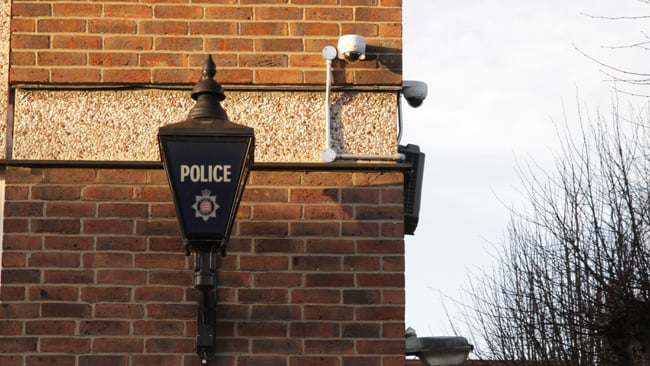 At least some members of this organisation will tell you it's illegal to film people without their permission.
At least some members of this organisation will tell you it's illegal to film people without their permission.
Things have, of course, changed. My 2013 article was published just a year after section 44 of the UK’s Terrorism Act 2000 was effectively replaced with the Protection of Freedoms act. Section 44 had allowed a police officer to search anyone within a designated area without any reason to suspect that person was involved in criminal activity. The entirety of London, among other places, was continuously designated as an area in which this power could be used, and the police were widely accused of abusing it as a way of publicly embarrassing people, for any reason or none. With distressing predictability, this was a problem disproportionately faced by people who weren’t white, but it was also regularly used against camera crews and photographers.
Around the same time as the suspension of Section 44, in 2010, the then Association of Chief Police Officers issued guidance to all police in England, Wales and Northern Ireland stating, in effect, that there was no legal basis for interference with photographers or camera crews purely on the basis that they were recording images. The ACPO has since been replaced by the National Police Chiefs' Council, but the state of the law in this regard has not significantly changed and the ACPO guidance remains valid. Unfortunately, the behaviour of the security apparatus has not noticeably changed either, and examples of this are easy to find.
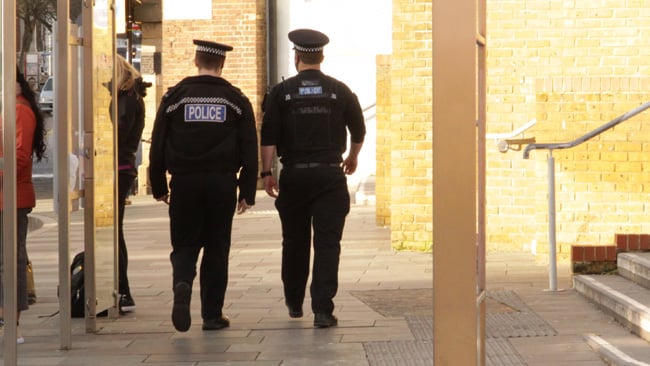 For some reason, getting even this rather elementary shot felt like a risk, which it shouldn't.
For some reason, getting even this rather elementary shot felt like a risk, which it shouldn't.
Notable incidents
Perhaps the most famous early instance occurred on 25 November 2009, when Jeff Overs, a stills photographer working for the BBC, was stopped while photographing a sunset over St Paul’s Cathedral. Overs’ BBC connections ensured the incident received a high profile. In 2011, the Metropolitan Police paid compensation to Jules Mattsson (a name we’ll revisit) who was at the time a 15-year-old student making some pocket money shooting an Armed Forces Day parade in Romford. Reportedly, one police officer, an inspector who should have known better, used homophobic slurs.
The 2012 Olympics provoked an incident in which private security guards attempted to prevent members of the press shooting the Olympic park from public land. In 2015, Police Scotland claimed that it would “seize phones if officers are filmed.” The organisation later attempted to clarify that this would apply if the police were being obstructed, which might change things, but the first claim certainly encourages the erroneous view that recording someone, absent other factors, is a criminal offence.
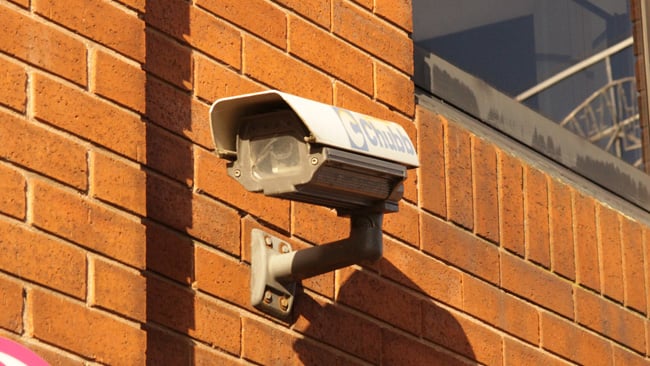 Any attempt to restrict public photography risks affecting legitimate journalism, personal snapshots and CCTV. The only alternative is some sort of expensive-to-administer licensing scheme.
Any attempt to restrict public photography risks affecting legitimate journalism, personal snapshots and CCTV. The only alternative is some sort of expensive-to-administer licensing scheme.
The following year, photographer Alan Noble won a settlement from the Port of Tyne after security guards grabbed hold of his tripod in an attempt to prevent him shooting the port from public land. 2017 saw photographer Eddie Mitchell held in Brighton while police viewed the photos he’d taken; it’s not clear what they expected to find, and in 2018 press covering the Extinction Rebellion protests in London were threatened with arrest when trying to rejoin their colleagues in an area already set aside for them. Jules Mattsson was working as a producer for ITN on the story.
The tip of the iceberg
These examples were cruelly pruned for space and represent the tip of the iceberg. Foreign tourists with no knowledge of the local law are likely being targeted by the thousand and just doing as they’re told, which won’t sit well with businesses reliant on tourism. We should really look for legitimate reasons that the security apparatus might be doing this, but it’s incredibly difficult: the reason given is, in the end, often an ill-defined reference to terrorism or a vague reference of a spate of crime in the area at hand. It is, either way, patently obvious that any crimefighting strategy relying upon suppressing photography of potential targets is idiotic on several levels.
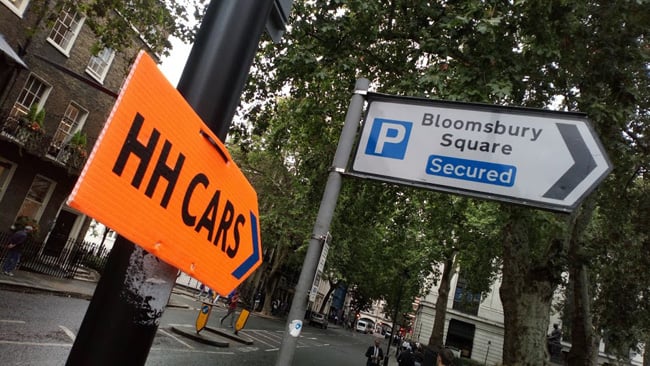 Trying to take pictures of film shoots in progress is likely to raise hackles, but again, it is difficult to legally prevent.
Trying to take pictures of film shoots in progress is likely to raise hackles, but again, it is difficult to legally prevent.
Even if the security people haven’t worked that out, they’ve been repeatedly told to leave photographers alone, by their superiors (in the ACPO advice), various courts, and their own complaints systems in situations such as the financial settlement awarded to Gemma Atkinson after her rather physical run-in with the Met in 2009. The decision, smelling strongly of whitewash, did not involve anyone admitting error or anyone being punished for what was effectively an assault, and it took Atkinson 19 months and huge legal fees to achieve even that result.
Conversely, the authorities are enthusiastically digging the dirt on journalists. In 2014, the aforementioned Mattsson, in concert with five other members of the National Union of Journalists including the comedian Mark Thomas, took the Metropolitan Police to court to discover what information was being held on them. The answer was a lot, and of dubious accuracy. Mechanisms intended for collating intelligence on “domestic extremists” are being used to hassle photographers, cameramen and journalists and it is for this reason that requests for ID are sometimes met with resistance.
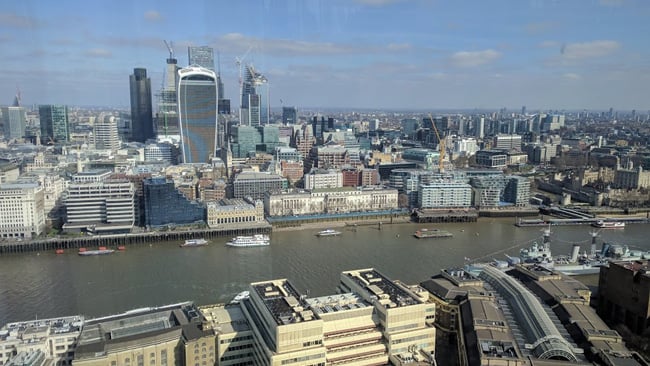 Photographs of prominent buildings can also attract comment. Well, of course we're photographing landmarks. They're landmarks. Here, 20 Fenchurch Street, AKA the Death Ray Building.
Photographs of prominent buildings can also attract comment. Well, of course we're photographing landmarks. They're landmarks. Here, 20 Fenchurch Street, AKA the Death Ray Building.
Using police powers, or the much more limited powers of a security guard, to hassle people without exceptionally good reason is a shockingly bad idea that, long term, can only serve to alienate otherwise sympathetic people. Most members of the media are not people who seek an adversarial relationship with security people. The default approach of most photographers, journalists and camera crews is – or at the very least was – one of helpful cooperation. Photographers, journalists and camera crews are not responsible for creating this unwelcome new atmosphere of suspicion and hostility. If anything was responsible for creating it, it was possibly Section 44 of the Terrorism Act 2000. It provoked a lot of the earliest problems and set an unfortunate precedent that’s being pursued even in the absence of that piece of law.
And, of all the thousands of people stopped using the powers in that act, how many actual terrorists were uncovered?
None.
Tags: Production


Comments